
WHATEVER HAPPENED TO MGM?
by Woolsey Ackerman
A newly released book, THE MGM EFFECT, by Steven Bingen, tells us just what happened. One of the most recognizable of corporate logos is the MGM lion (as seen above). This is a story of that corporate history.
If you want to know the details of the brilliant output of the movies that the company is famous for, take a look at THE MGM STORY by Eames (1978). If you would like to know the story of the movie studios most prolific works and the people who created them during the classic era of film making, take a look at the epic WHEN THE LION ROARS pictorial from Turner Publishing (1992). But if you are interested in the story of how the corporation came to be, the story of those colorful, eccentric and ego-driven-maniac CEO’s, as well as the companies branding and adventures in other eras of entertainment, real estate and amusements— this is the book for you.
MGM’S SUCCESS
What happened was a 35-year run from 1924 to 1959 during which the movie going audiences of the world equated the roaring MGM lion with superior entertainment. MGM boasted the following, that they had …
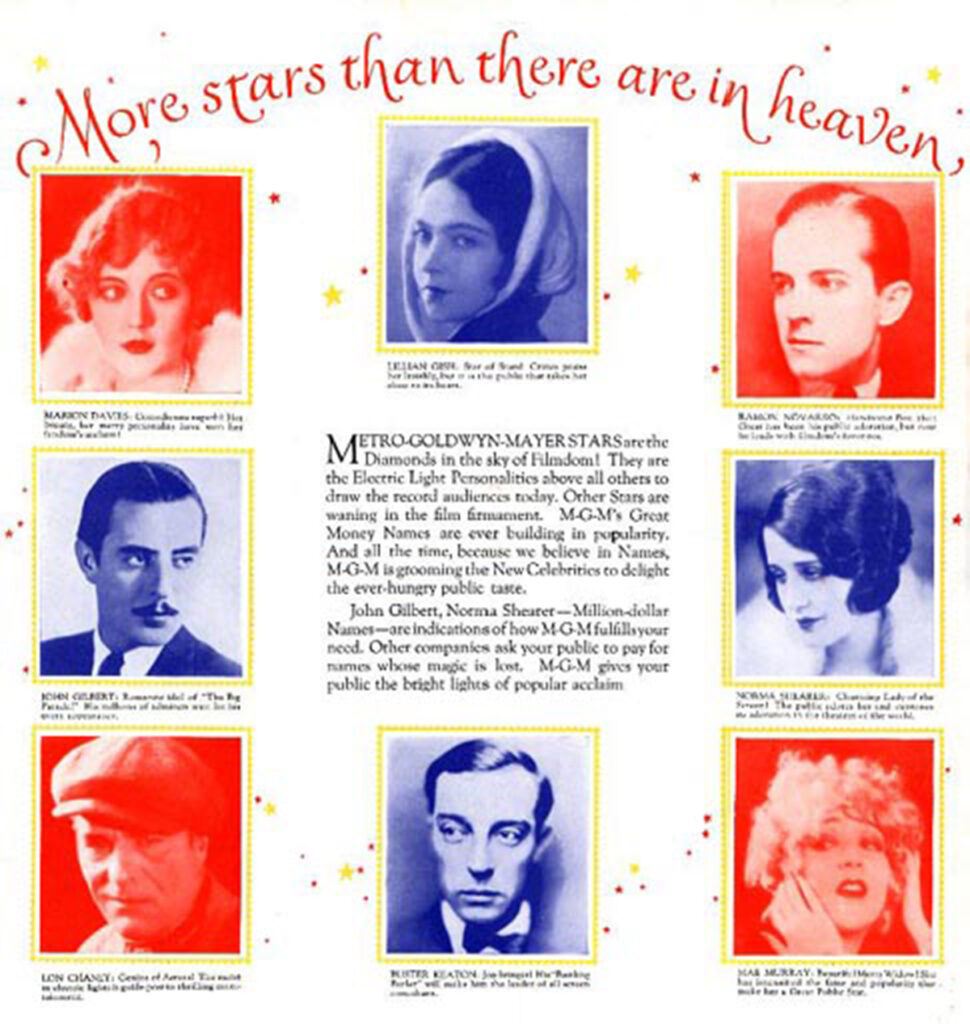
Over that period, with the corporate scheme of employing artists under exclusive contracts, they employed the finest film actors,

Vintage original 11 x 14″ (28 x 35 cm.) glossy title lobby card, USA.
directors, scenic and costume artists, cinematographers, writers, make-up artists and brains in every field of endeavor. One of the most beautiful and intelligently succinct stars of their realm, Hedy Lamarr dubbed the studio “40 acres of Heaven and Hell.” Certainly, it was that for those who worked there.
The Man Who Made It Happen
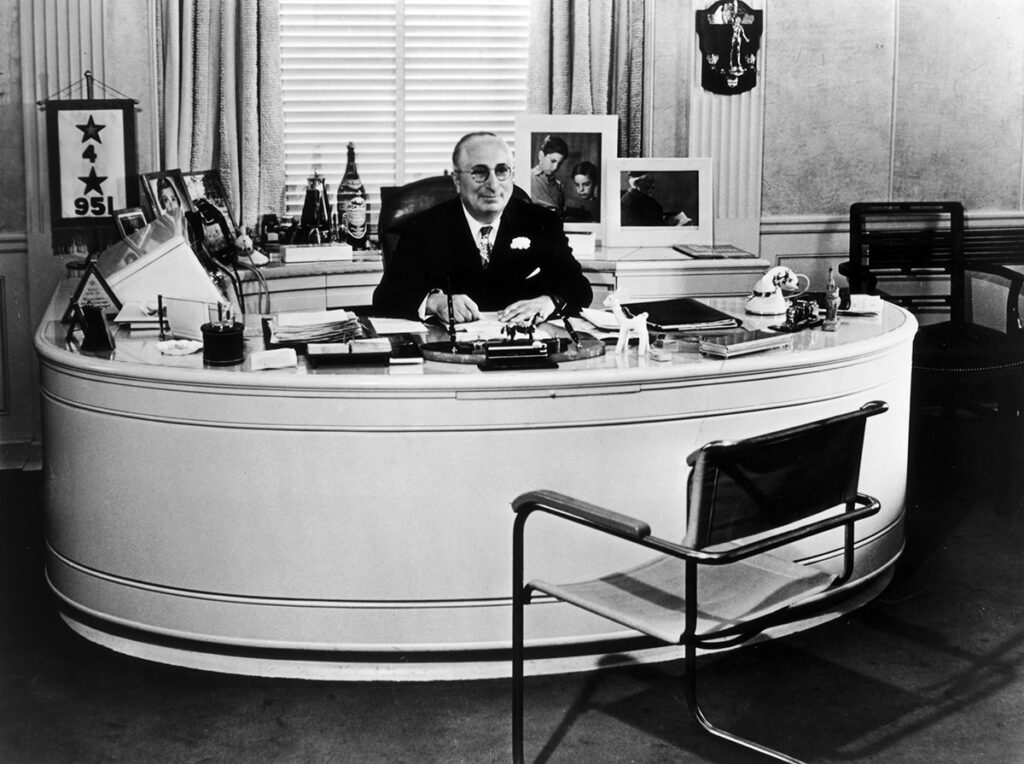
This is the story of Louis B. Mayer, who merged with Metro Pictures and Samuel Goldwyn in 1924, but who single handedly ran MGM for the next 26 years. Mayer kept the roaring lion logo (though the first 4 years were silent), and Metro and Goldwyn went elsewhere. We learn of Irving Thalberg, Dore Schary, James Aubrey, Kirk Kerkorian and others who supported or seceded Mayer. There tale is not always a positive one and it led to, particularly after 1960 of the movies meaning less and less of what MGM was known for.
THE GUTTING OF MGM
In 1971 the studio assets of props, costumes and artwork were auctioned off and went every which way. The studios two back lots which featured a set for anywhere in the world were sold to build condo projects.

MGM branded into hotels, casinos, amusement parks and merchandising. Often mega egos and mergers spelled disaster and the loss of many people’s livelihoods.
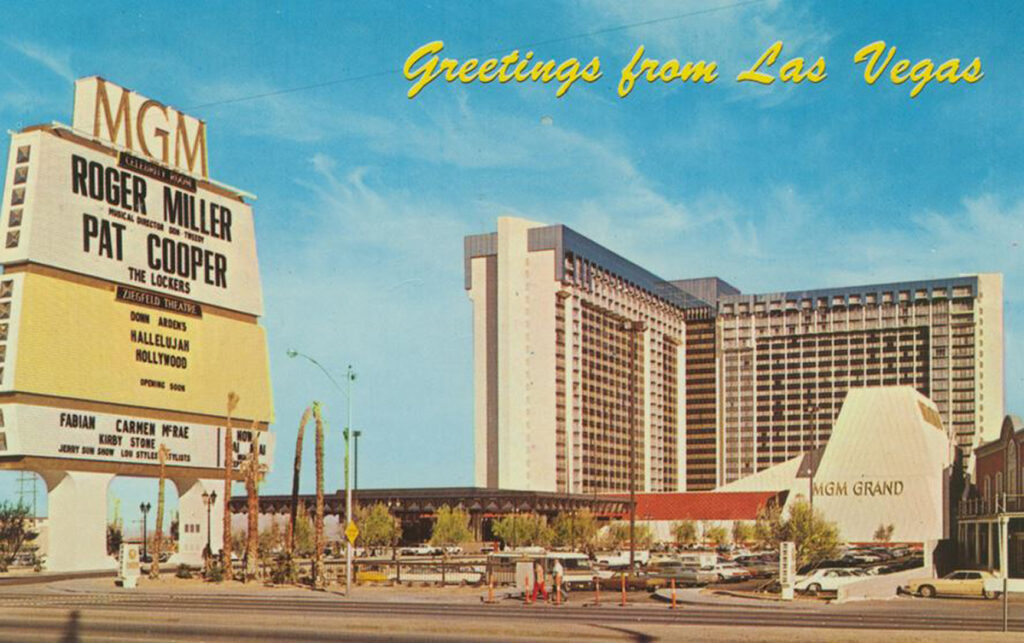
THEY TELL THE STORY
We learn about many of the stars, writers, and executive through reviews of the myriad of autobiographies, biographies, and movies and plays about each personality.
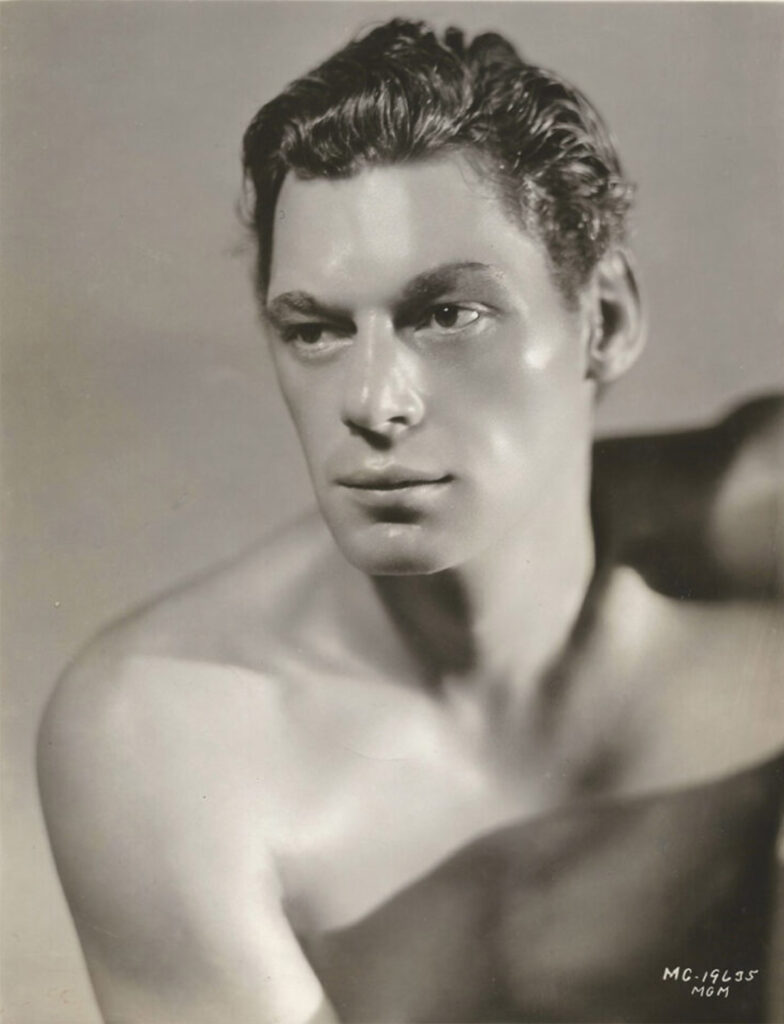
Johnny Weissmuller as Tarzan in the first MGM Tarzan film.
Vintage original 8 x 10″ (20 x 25 cm.) black-and-white single weight glossy silver gelatin print still photo. Very minor edge wear. Just about fine,
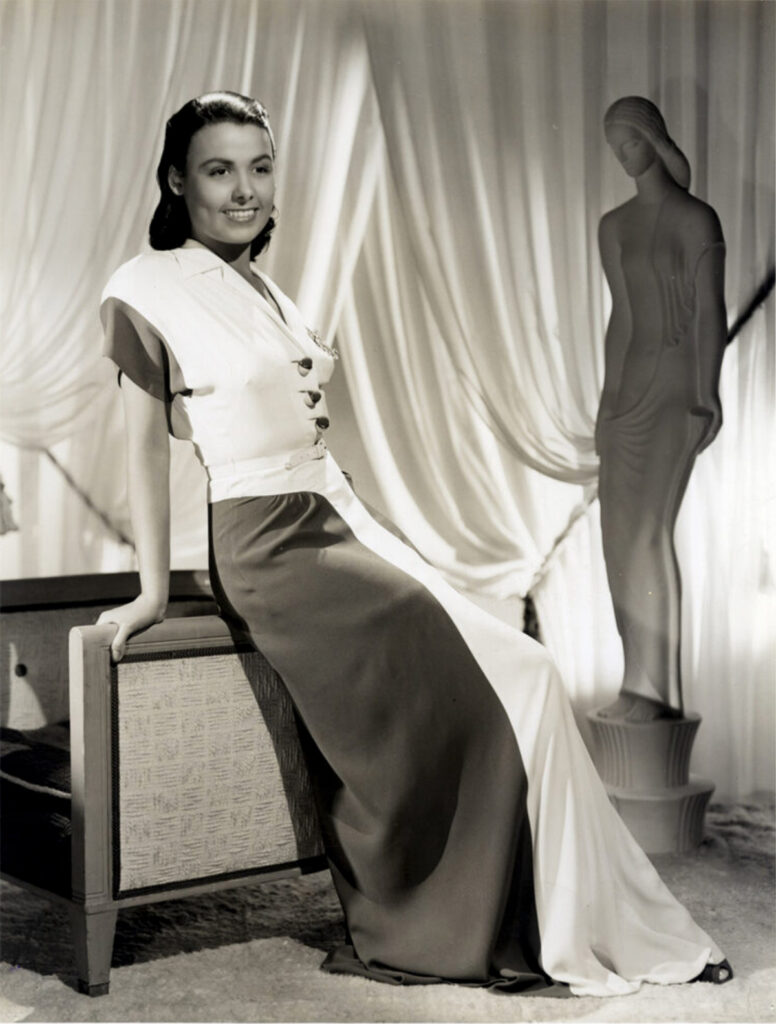
Vintage original 13 x 10″ (33 x 25 cm.) black-and-white double weight oversize print still photo, just about fine. With stamp on back of photographer Clarence Sinclair Bull,

Vintage original 9 x 12″ (22 x 30 cm.) advertising pull-out on cardstock paper, FINE. Judy Garland, Mickey Rooney, dir: Norman Taurog, Busby Berkeley, Metro-Goldwyn-Mayer.
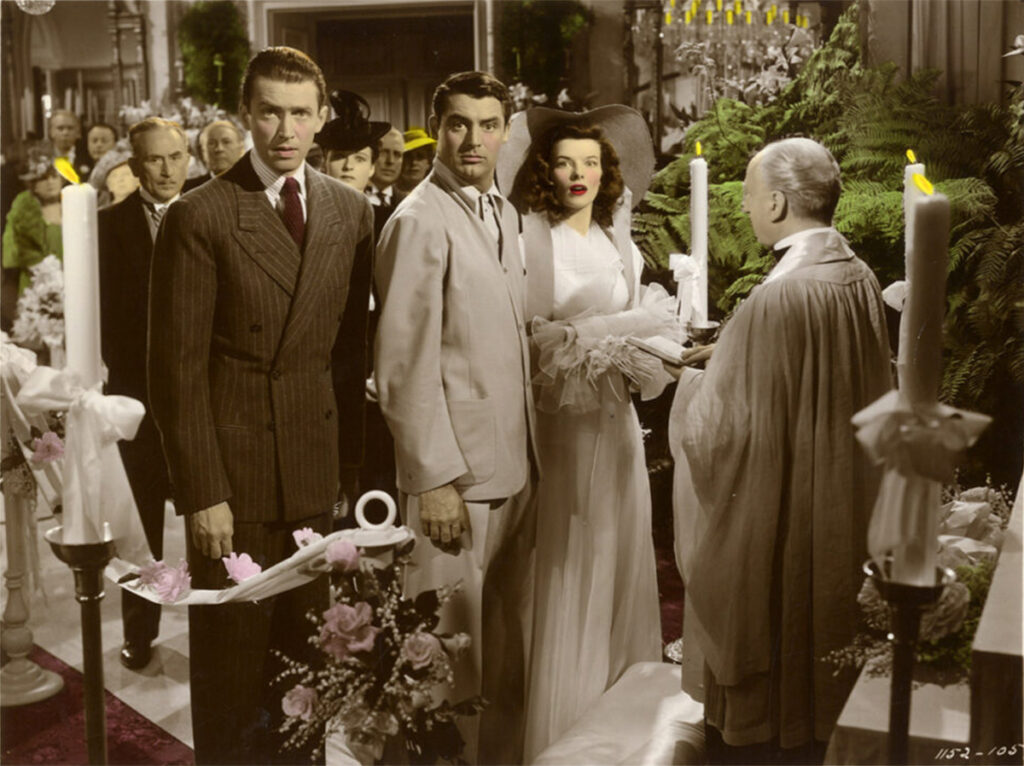
Vintage original 8 x 10″ (20 x 25 cm.) color-glos single weight glossy silver gelatin print still photo. Corner chips and crease at all four corners, several collection stickers on verso, near fine.
We learn about them and their output in every way but a chronological history of the studio. What did Judy Garland, June Allyson, Betty Garrett, Ann Miller and a host of others think of MGM and Louis B. Mayer. It is all here.
WHY IS THIS BOOK CALLED THE MGM EFFECT?
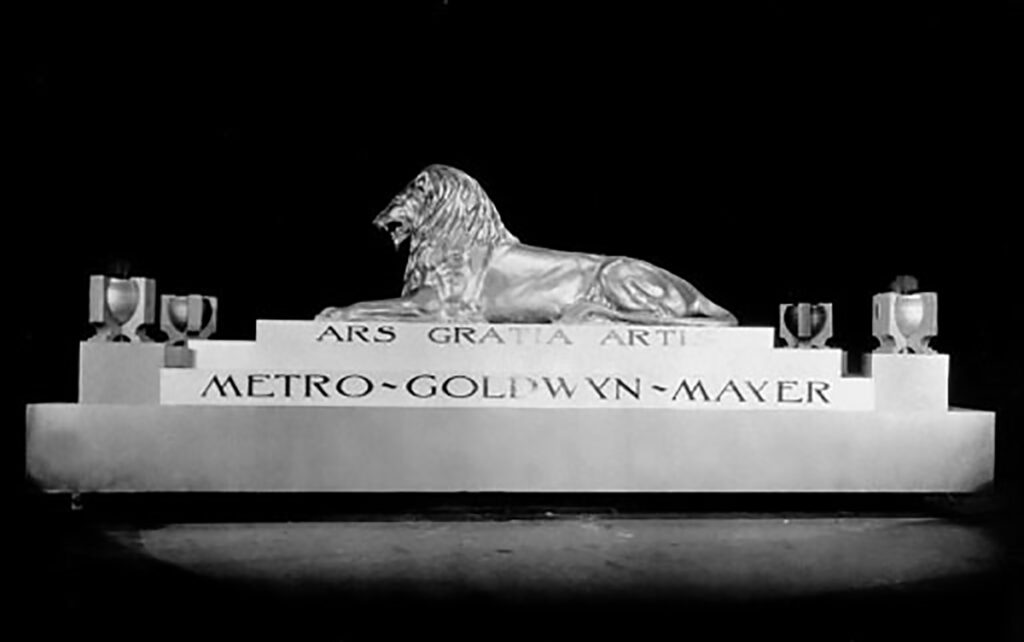
It’s called that because it explores the sociological and psychological effects this company had on the public for nearly 100 years. An entire chapter is devoted to telling the detailed stories of how individuals were so influenced by the works of MGM and of classic Hollywood that they devoted their careers to archiving and preserving it. That includes WalterFilm‘s Woolsey Ackerman (that’s me) telling my story in seven pages, which also tells the story of whatever happened to MGM, at least to its’ artistic assets.
TED TURNER & TURNER CLASSIC MOVIES

With Ted Turner‘s acquisition of the studio in 1987, which resulted in the sale of the lot and production facilities but retained the classic film library, there has been a concentrated effort to introduce and re-introduce the public to the works of this great studio. There were books, documentaries, recordings released on CD through Rhino Records and of course the popular cable TV network, Turner Classic Movies. Anyone and everyone living who was involved with MGM has been archivally interviewed, their stories recorded on film.
In that, the MGM of yesterday lives on. Its remaining studio lot and its vast soundstages are still in working order, now owned by Columbia. The roaring lion logo is still utilized at the start of MGM/UA product, though it was just bought by Amazon. That and the many mergers, acquisitions and selling off of property is told in greatly researched detail and with plenty of humor and wit by Steven. Bingen truly answers the question of whatever became of MGM. It is a book for anyone who enjoys the history of the movie industry.

THE MGM EFFECT- How a Hollywood studio changed the world
by Steven Bingen with Marc Wanamaker, Bison Archives
Lyons Press, available on Amazon
- African American Movie Memorabilia
- African Americana
- Black History
- Celebrating Women’s HistoryI Film
- Celebrity Photographs
- Current Exhibit
- Famous Female Vocalists
- Famous Hollywood Portrait Photographers
- Featured
- Film & Movie Star Photographs
- Film Noir
- Film Scripts
- Hollywood History
- Jazz Singers & Musicians
- LGBTQ Cultural History
- LGBTQ Theater History
- Lobby Cards
- Movie Memorabilia
- Movie Posters
- New York Book Fair
- Pressbooks
- Scene Stills
- Star Power
- Vintage Original Horror Film Photographs
- Vintage Original Movie Scripts & Books
- Vintage Original Publicity Photographs
- Vintage Original Studio Photographs
- WalterFilm
